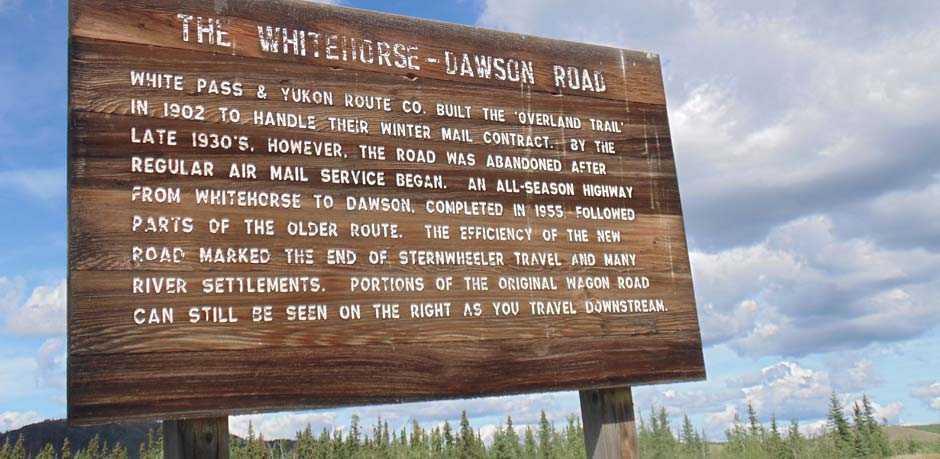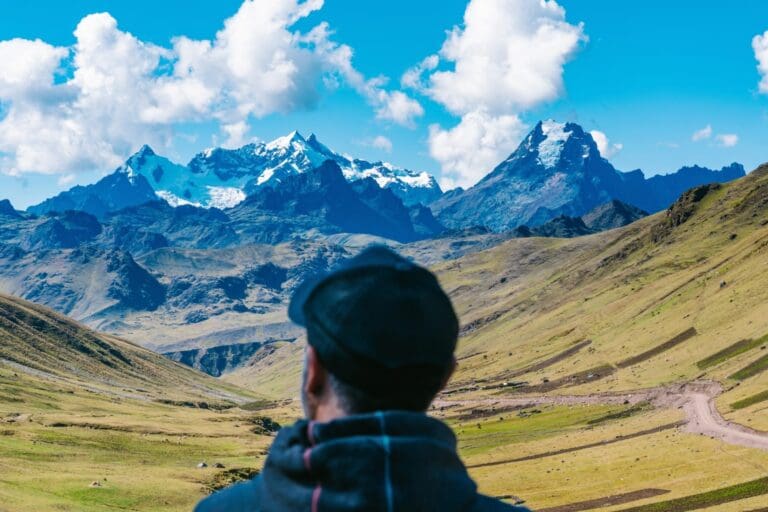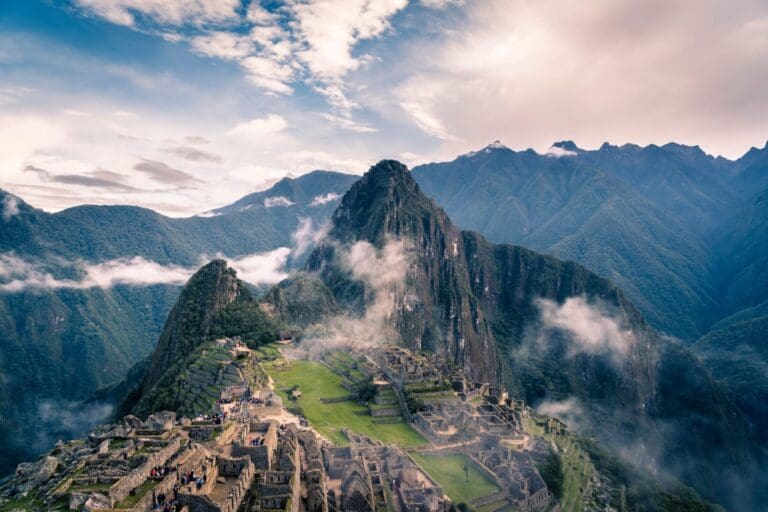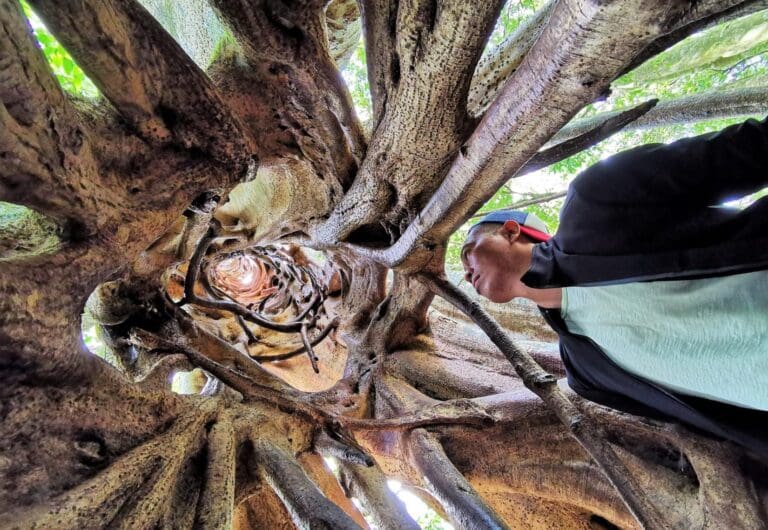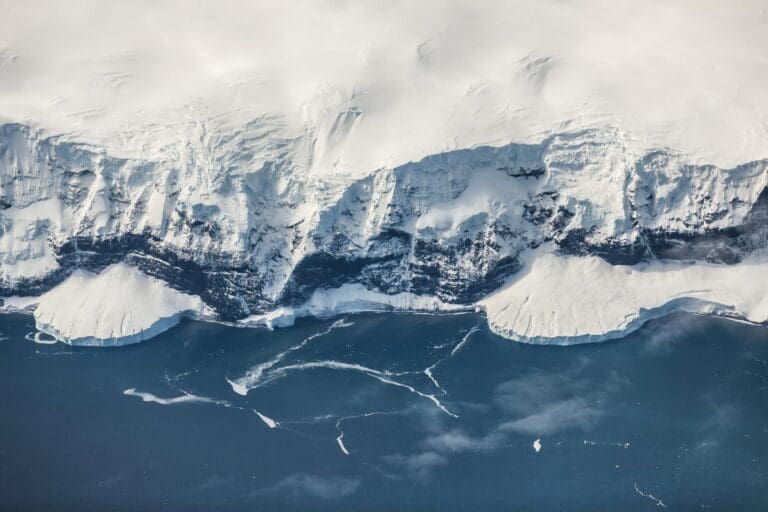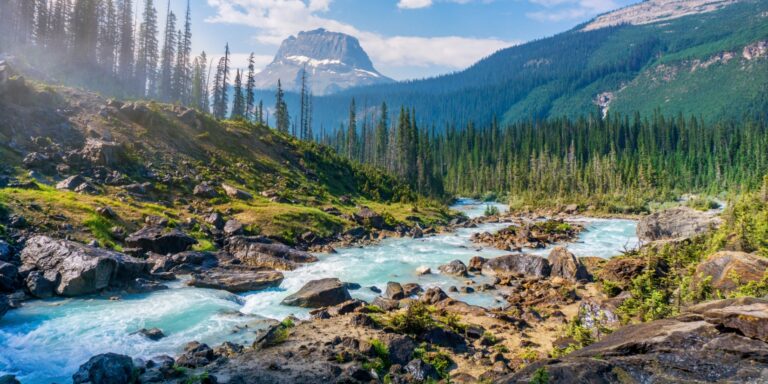The Klondike Gold Rush: Tales from Dawson City, Yukon
Destination: Dawson City, Yukon, Canada
Population: 1,319 people
Elevation: 1,052 feet (320 meters)
In the summer of 1896, gold was found 300 miles (483 kilometers) south of the Arctic Circle near Dawson City in the Yukon Territory of Canada. Word on the dusty streets of this remote town is that even today you can pick up a pan, head to the creeks, and rustle up a few pieces for your own pocket.
And so I headed north like the stalwart Klondikers of the Gold Rush. The July journey wasn’t as arduous as the winter trek along the Chilkoot Trail pursued in 1897 by 30,000 miners, prospectors, businessmen, and conmen. I also wasn’t pulling a pack mule and a years’ worth of supplies through cold, snow-throttled mountain passes only to arrive at Bennett Lake and realize I needed to build a boat to run 500-miles (805 kilometers) of the challenging Yukon River.
Instead, I flew in from Whitehorse to the sound of twin turboprops on a 30-seat plane. I pulled my rollaway suitcase from the overhead bin and stepped onto the tarmac into a warm afternoon sun and the thrilling landscape of Dawson City.
It was hard to imagine that in 1898 Dawson was the largest city north of San Francisco. Now this riverbank town is home to a year-round population of about 1,300 people who have turned this former tent dwelling into a bona-fide historical landmark.
During the height of the Gold Rush, Dawson City’s population swelled to an estimated 30,000 to 40,000 people — nearly 30 times what it is today — making it one of the largest and busiest frontier towns in North America.
The frontier façades of each shop, hotel, restaurant, and bar lining the grid of downtown held stories and characters I couldn’t wait to discover. It was like I’d stepped into one of Jack London’s books or Robert Service’s poems, two legendary writers who took up residence here over a hundred years ago. I found myself wishing I had a dog (named Buck, of course) trailing along with me.
I walked by the supposedly haunted Palace Grand Theatre, which was built in 1899 by longhaired, mustachioed Arizona Charlie Meadows, a showman and cowboy. I didn’t see his ghost so moseyed on in search of food.
Starvation and malnutrition were serious problems along the trail for the Klondikers, so I made sure I didn’t fall into the same fate. I ducked into Klondike Kate’s, one of the best eateries in Dawson. The enterprise is named after Kate Rockwell, a flirtatious dancer, vaudeville star, and rebellious woman of the Gold Rush. My mouth was watering as I read over the menu of scintillating locally inspired dishes like alder-smoked elk and pecan crusted char.
I sat next to two older gentlemen who had just driven their truck up from Whitehorse. They were flying back the next morning to meet up with their wives and canoes for a rendering of the miners’ voyage up the Yukon River. We toasted Yukon brewed beers to our respective adventures before I headed on to Diamond Tooth Gerties for the evening show.
On my way, I stopped in at the Downtown Hotel for the infamous Sourtoe Cocktail. After sharing the tale of Dawson’s most illustrious beverage, the bartender recommended I take a stroll up to the Midnight Dome, the hill that overlooks downtown and the river. I thanked him for the advice, grabbed my Sourtoe certificate, and decided I’d save the hike for another day.
It was hard to imagine that in 1898 Dawson was the largest city north of San Francisco.
Upon entering the elegant walls of Diamond Tooth Gerties, the sounds of a honky-tonk piano met my ears. Canada’s oldest gambling hall featured a lively show that captured well the heady days of the Gold Rush, replete with cancan dancers and a colorful master of ceremonies, ole Gertie Lovejoy herself, who flaunted a sparkling diamond wedged between her two front teeth.
As I stepped out of the noise of Gerties and onto the quiet street, I was startled to see the mountains clear as day against a pale blue sky. I glanced at my watch: it was almost midnight. Remembering that Dawson gets nearly 20-hours of sunlight in late summer, I contemplated taking the hike up Midnight Dome again.
Instead, I yawned and walked back to the hotel. Though I was happily exhausted from my exploration of this strange, wonderful town, I could barely sleep a wink, for the next day I was embarking on a trip to Discovery Claim – the site where gold was first exposed in 1896. I couldn’t wait to try my hand at prospecting and unearth more secrets of the Wild West of Canada’s true north.
Till the next…
Jeff
Jeff Bonaldi
Founder & CEO
The Explorer’s Passage
About Jeff Bonaldi
Jeff Bonaldi is the Founder and CEO of The Explorer’s Passage, a premier adventure travel company. His mission is to provide travelers with the opportunity to transform their lives and the planet through the power of adventure.
Learn more about Jeff’s story and his company HERE.
Share this amazing location!

